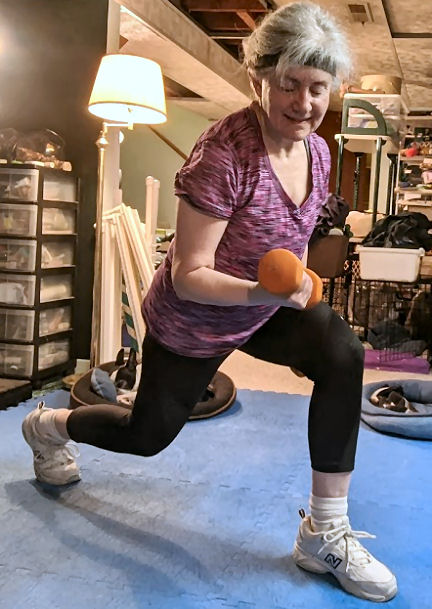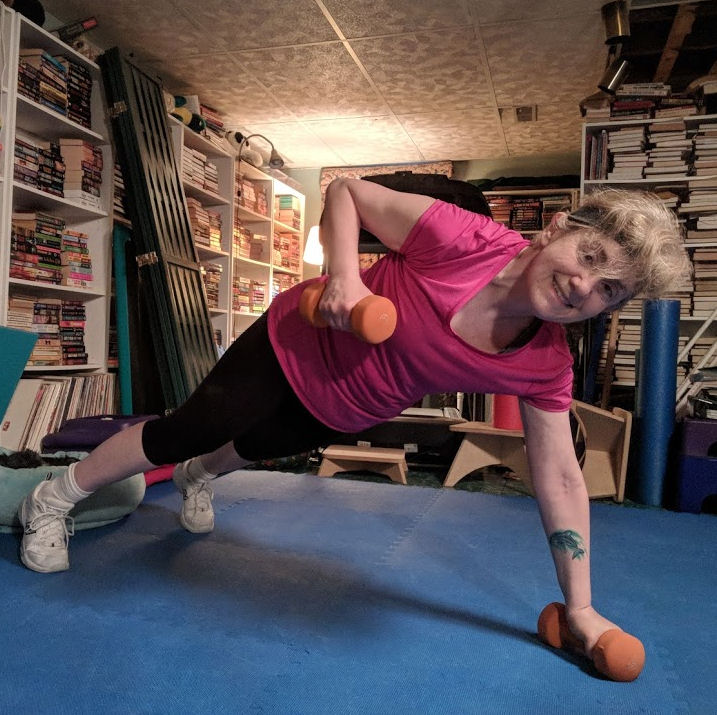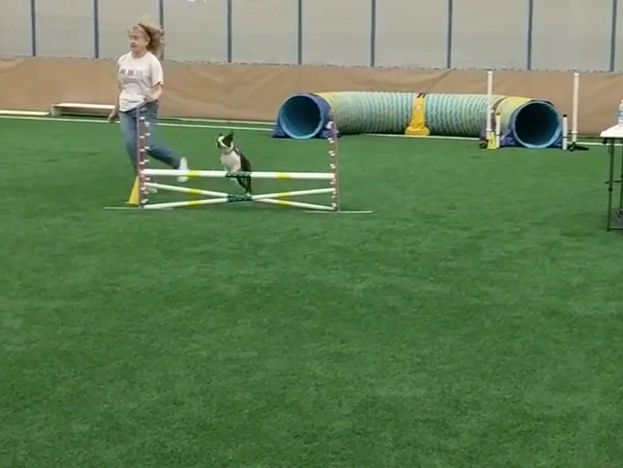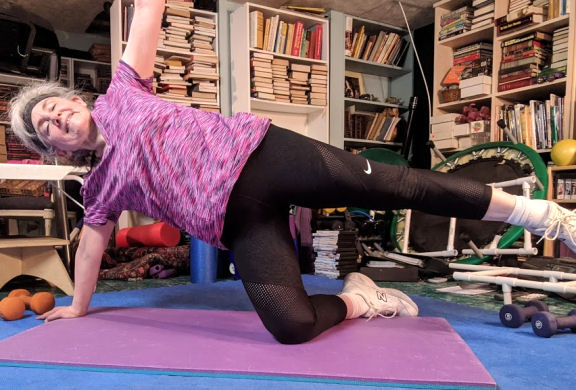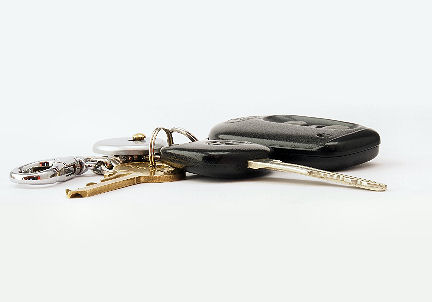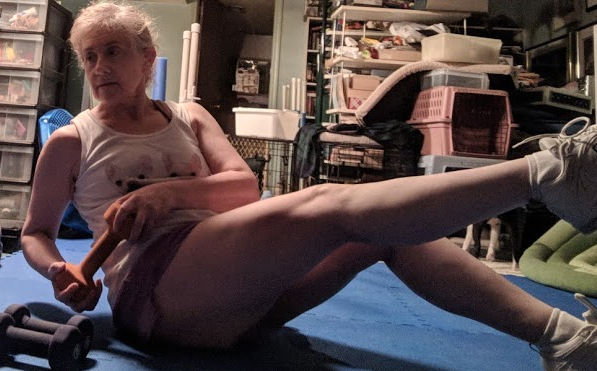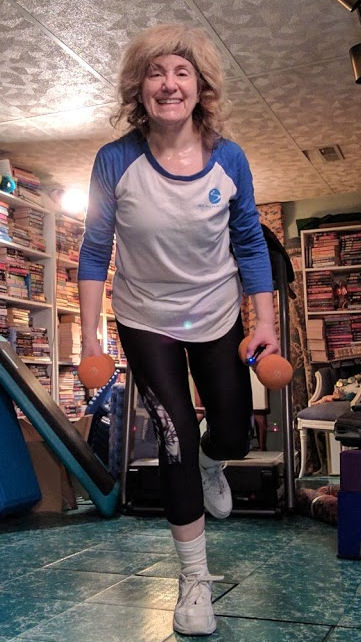For fitness contributor Elizabeth Enochs, sticking with workouts she actually enjoys is the key to staying motivated to exercise on a regular basis. “I used to work out nearly daily, spending hours in the gym each week. I looked forward to intense cardio and strength training — but for the last couple of years, I’ve only been interested in exercising outdoors and stretching in my house. Hikes, long walks, bike rides, and kayaking trips are my workouts of choice these days. Currently, I’m working out less than I did for most of my 20s and my workouts are easier, but I wouldn’t be exercising at all if I only allowed myself to do HIIT.”
A struggle to stay motivated
Such great advice. It’s a struggle to stay motivated to exercise, day in and day out. I’ve written that it’s not one and done. I wish it were, but you can’t exercise once and say, “I’m good for life. Never have to do that again.” Nope. as one of my workout instructors says, “Fitness is a journey, not a destination.” And especially now, as we get older, exercise is crucial for our healthy aging.
In it for the long haul
We’re in it for the long haul, so you have to stick with workouts you actually enjoy. Because if you don’t enjoy your workout, you’re not going to do it again. As simple as that. I don’t enjoy the act of running, but I do it a couple of times a week. Why do I do it if I don’t enjoy it? Because I enjoy the books I listen to. I see the benefits of running in my improved stamina and endurance, but I wouldn’t keep at it if it weren’t for the audiobooks I listen to on the treadmill.
CDC recommendations
Of course, the CDC recommends 150 minutes of moderate physical activity per week for adults, so I need more than the 40 minutes of running I do a week. On Tuesdays I usually do Pilates to give my knees a rest. Why Pilates? I enjoy the muscle-lengthening feeling I get, plus it’s a terrific core workout. That half hour goes by quickly.
And a couple of other days every week I do combined aerobics and strength training workouts. I have a library of workout DVDs that I … kind of … enjoy. Combining the aerobics with weights gives me a double bang for my buck.
Do workouts YOU enjoy
But that’s what I do. You have to do the workouts that you enjoy … or sort of enjoy … or don’t mind doing … otherwise you won’t do it at all. So, go for hikes or bike rides. Or dance up a storm and get your heart rate up and the sweat running down your face (and other parts). Do yoga or pilates and get flexible. Because if you don’t exercise, you don’t get the benefits. And you can’t eat that extra half-serving of pasta.


